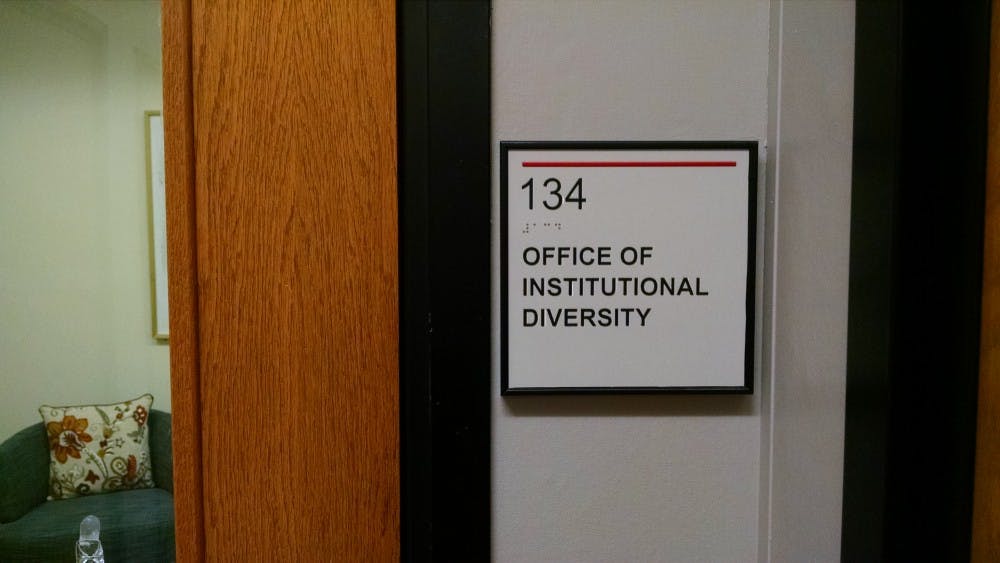Complaints in 2013-2014 Compared to 2012-2013
Age: 1 (+1)
Gender (not in the form of sexual harassment): 7 (+4)
Sexual harassment: 0 (-1)
Harassment or hostile work environment: 2 (+0)
National origin: 2 (+2)
Race: 5 (+1)
Religion: 1 (+1)
Retaliation: 7 (+5)
Disability: 2 (-1)
Overall diversity-related complaints from faculty increased 80 percent from the 2012-13 academic year to the 2013-14 year, according to data from the office of university compliance.
Increases came in the categories of age, gender (not in the form of sexual harassment), national origin, race and retaliation. The number of complaints in harassment or hostile work environment stayed the same, at two complaints.
All together, complaints went from 15 to 27 in one year.
In the university diversity committee annual report, they recommended some changes to help reduce complaints.
One of those recommendations was to make it clear to new employees at orientation where they could file complaints, and also to educate existing faculty on it as well.
Charlene Alexander, a member of the university diversity committee who is on the task force dealing with the complaints, said she thought it was important to inform faculty and staff what resources exist.
“If they do have any concerns, they should go to the office of compliance to file any grievances they may have,” Alexander said.
Another recommendation the report stressed was since retaliation was tied with gender for the highest number of complaints, retaliation for making complaints would not be tolerated.
All of these findings support the results from the 2012 workplace environment survey, according to the university diversity committee’s report.
In the past three years, 26 percent of Ball State faculty members and 18 percent of staff members reported hostile or intimidating behavior that affected their work, according to the workplace environment survey.
Because of the institutional climate for diversity, 12 percent of faculty and 9 percent of staff members said they had seriously considered leaving Ball State, according to the workplace environment survey. Most responders said they considered leaving during 2011-2012.
Of those responders, 22 percent said the behavior was because of their sex, and 7.2 percent said it was because of their gender identity.
The report will go to President Paul Ferguson and the board of trustees once it has been approved, and Alexander said they will look at the university diversity committee’s recommendations and then decide what to do.
“We look at [the data] the best we can and think about what would be good resolutions,” Alexander said. “In some cases, what we’re asking for really could be our way of helping to advocate for faculty who may have concerns. We’re sort of helping them learn about all of the various resources available to them on campus.”
* Editor's Note: The original version of this web article listed 44 percent as the increase in diversity-related complaints. The increase is by 80 percent.




